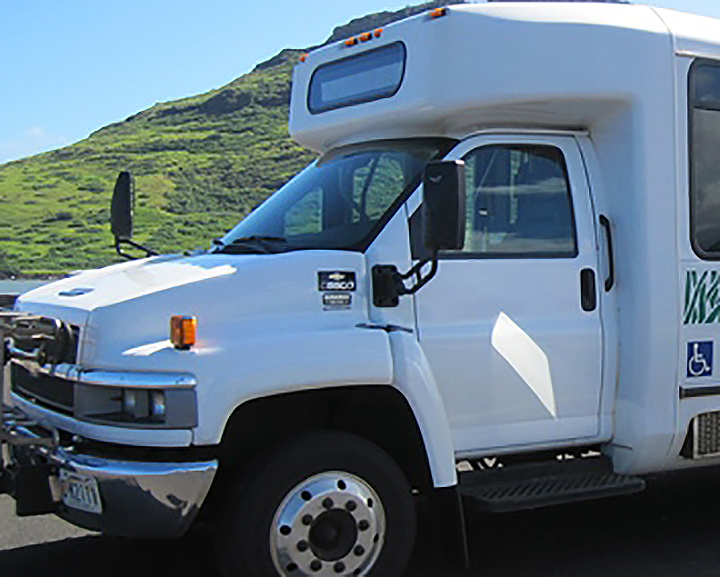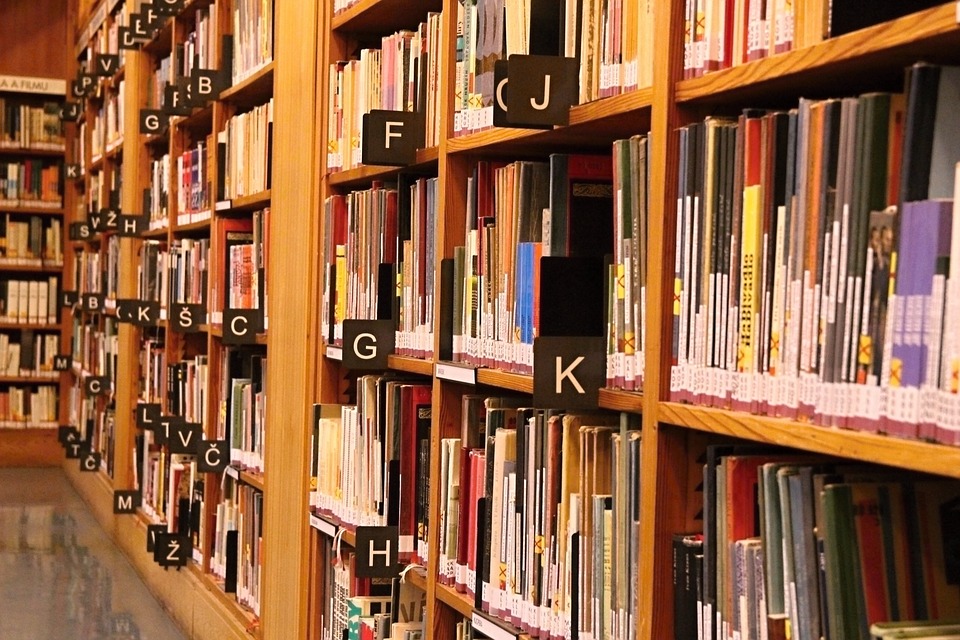A dedication ceremony was held in Kōloa today for the state’s largest solar project, a 12-megawatt array owned by the members of Kauaʻi Island Utility Cooperative (KIUC).
U.S. Rep. Tulsi Gabbard and Kaua`i Mayor Bernard P. Carvalho Jr. joined members of the KIUC board of directors and staff in the dedication ceremony, which was led by Kumu Sabra Kauka of Island School.
With the Koloa array now online, KIUC is using the sun to meet as much as half of the island’s daytime energy demand.
During testing on Aug. 31, the Kōloa array and the island’s other solar photovoltaic systems reached peak production of 50.8 percent of the electricity used by customers at noon.
Adding solar to the electricity available from the island’s existing hydropower systems enabled KIUC to use renewable resources to produce 57.2 percent of the energy consumed on Kauaʻi during the daytime on Aug. 31.
This means for several hours there was more electricity coming onto Kauaʻi’s grid from renewable energy sources than from conventional, oil-fired generators. That hasn’t happened on Kauaʻi since the late 1980s, when sugar cane waste was burned by plantations to create electricity.
Based on information from other utilities, KIUC’s daytime solar penetration is now the highest in Hawaiʻi and is currently one of the highest in the U.S.
In just four years, KIUC has significantly increased the amount of renewable energy on its grid as it moves toward its goal of using renewable resources to generate 50 percent of Kauaʻi’s electricity by 2023.
By the end of this year, renewable resources will generate 30 percent of Kauaʻi’s electricity, up from 8 percent in 2010.
“Bringing the Kōloa project online is a huge step toward our goal of generating most of our electricity by using cheaper, cleaner renewable resources,” said David Bissell, president and CEO of KIUC. “This project brings the financial benefits of solar energy to all of our members, not just the ones who can afford to buy a rooftop solar system.”
The Kōloa array generates electricity at a cost of about 11 cents per kilowatt hour compared to about 23 cents for electricity created by burning oil. This will help KIUC meet its goal of reducing the average residential bill by at least 10 percent over the next 10 years.
With the addition of the 12-megawatt Anahola array in 2015, KIUC expects to have the highest daytime solar penetration of any utility in the U.S.
The Kōloa solar array became operational in July and went into full commercial operation in September. The $40 million project was built by SolarCity on 67 acres leased from Grove Farm near the old Kōloa Mill.
The array, which consists of 45,360 panels, will generate 5.5 percent of the electricity annually used on Kauaʻi. It produces enough electricity to power about 4,000 homes.
It will reduce KIUC’s consumption of oil by 1.7 million gallons a year and reduce KIUC’s carbon dioxide emissions by 18,000 tons per year.
KIUC is Hawaiʻi’s only member-owned electric cooperative and serves 33,000 customers on the island of Kauaʻi. Governed by a nine-member, elected board of directors, KIUC is one of 905 electric co-ops serving more than 42 million people in 47 states.
Discover more from ForKauaiOnline
Subscribe to get the latest posts sent to your email.





Leave a Reply